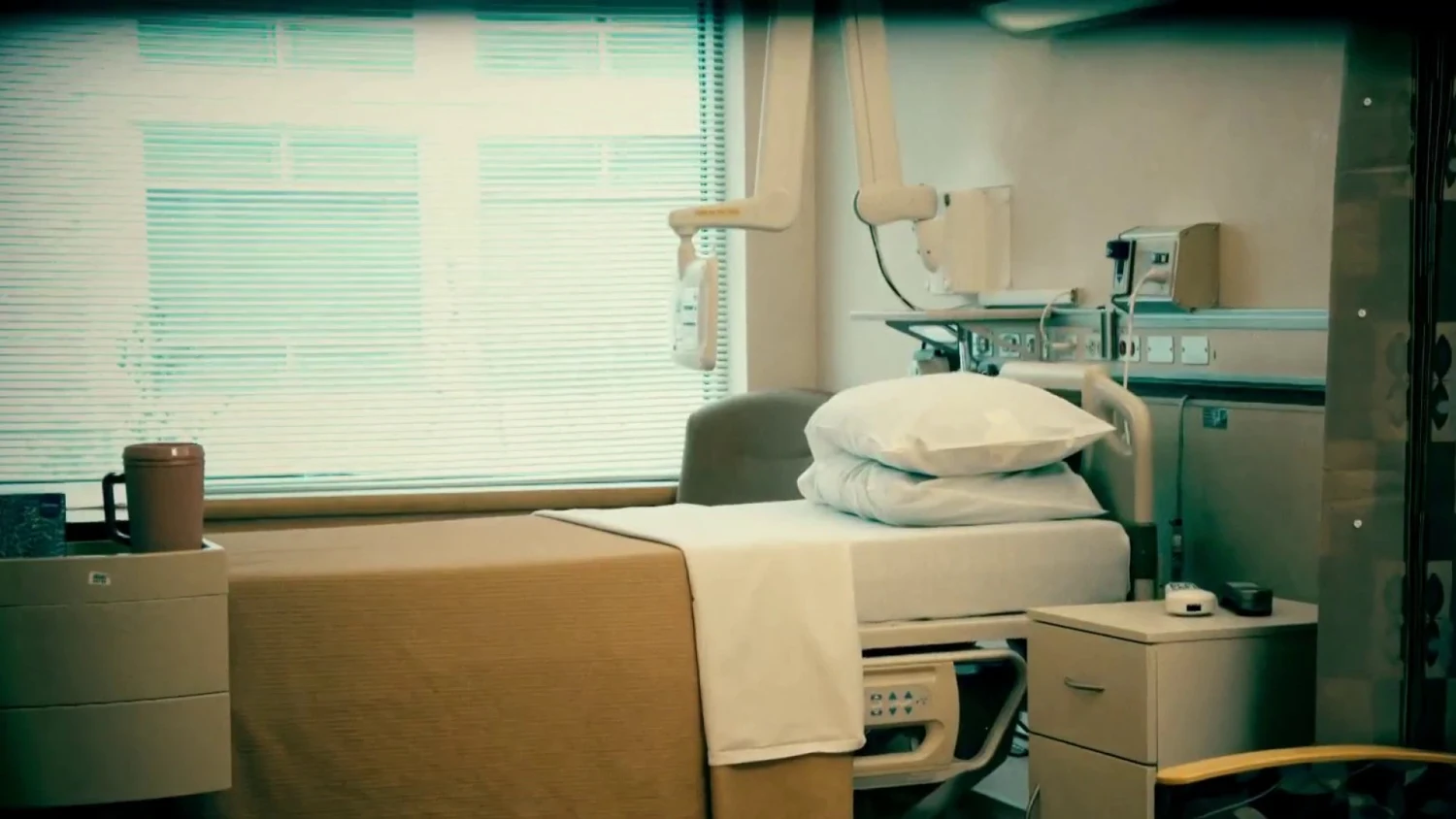Nearly 1 in 4 patients who are admitted to hospitals in the U.S. will experience harm, according to a study published Wednesday in the New England Journal of Medicine.
The stark findings underscore that, despite decades of effort, U.S. hospitals still have a long way to go to improve patient safety, experts say.
“These numbers are disappointing, but not shocking,” said Dr. David Bates, the chief of general medicine at Brigham and Women’s Hospital in Boston, who led the study. “They do show we still have lots of work to do.”
The research looked at the medical records of 2,809 patients who were hospitalized in 11 Boston-area hospitals in 2018. The study excluded people who were admitted for observation only or for hospice, rehabilitation, addiction treatment or psychiatric care.
Hospital data showed that 663 of the patients — about 24% — experienced at least one event during their stays that negatively affected their health, even temporarily.
A total of 222 adverse events were considered preventable, meaning errors resulted in patient harm. That translates to about 7% of the total admissions the researchers analyzed. Twenty-nine people, or 1% of the total of those admitted, experienced serious preventable adverse events that resulted in serious harm. One death was considered preventable.
The majority of the bad outcomes, however, were deemed unpreventable. They can include known side effects from certain medications or known risks associated with surgery.
The most common adverse events overall (nearly 40%) were related to medications given in the hospital. Surgery and other procedures accounted for just over 30%, followed by what the study authors called “patient-care events,” at 15%. They include falls and bedsores, both of which are considered preventable.
One bright spot, experts said, was that infections acquired in the hospital accounted for only about 12% of the adverse events — a significant decrease from a 1991 study that found infections were the second-most-common adverse event.
The 1991 study, called the Harvard Medical Practice Study I, is considered landmark research. Using data from patients hospitalized in New York state in 1984, it found that only about 4% of hospitalized patients experienced harm. However, the study looked for a smaller range of adverse events than the current research, and hospitals have become much better at reporting harm when it does occur.
“It’s clear that, at least, the rate is not going down and that harm continues to be a really serious issue,” Bates said.
Dr. Albert Wu, the director of the Center for Health Services and Research Outcomes at the Johns Hopkins Bloomberg School of Public Health, said in an email that while progress has been made in some areas, new risks have emerged as medicine has advanced.
Nearly 1 in 4 U.S. hospitalized patients experience a
harmful event, study finds




